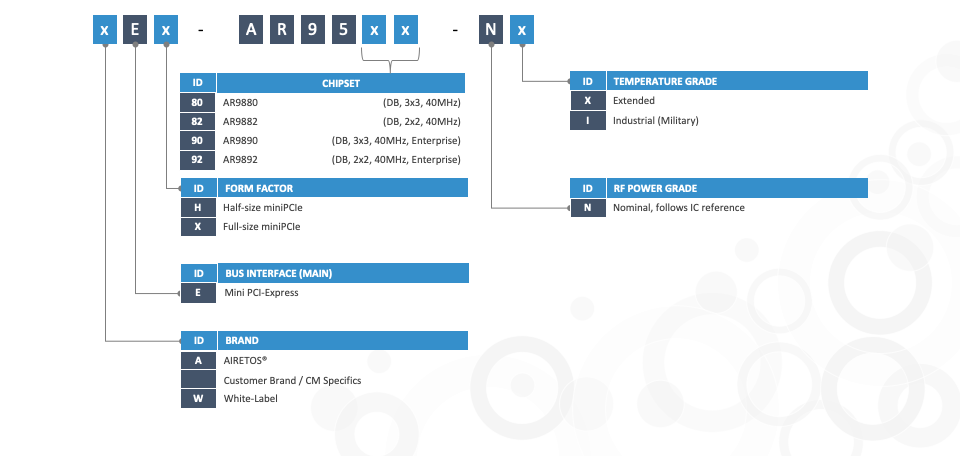SOLUTION DESIGN
Chipset: Qualcomm AR9580-AR1B, AR9582-AR1B, AR9590-AR1B, AR9590-BR1B, AR9592-AR1B or AR9592-BR1B.
Standard: IEEE 802.11n Wi-Fi4, full backwards compatibility to previous standards
Industrial Reference: Based on Qualcomm Atheros reference design XB116 Peacock Enterprise
APPEARANCE
Communications Interface:
Pads at edge connector:
WLAN: via PCI Express Standard 1.1 host I/O
Form Factor:
Slotted, Socketed
ANTENNA
Configuration:
WLAN: Three Streams (3 chains), 3x3, 3 Connectors, MIMO
Type:
Up to three on-board MHF1 Connectors.
WIRELESS PARAMETERS
Frequency Band:
WLAN:
2.4 GHz ISM Bands 2.412-2.472 GHz, 2.484 GHz
4.9425-4.985 GHz (optional band support for Japan and safety markets) 5.15-5.25 GHz (FCC UNII-low band) for US/Canada, Japan and Europe 5.25-5.35 GHz (FCC UNII-middle band) for US/Canada and Europe 5.47-5.725 GHz for Europe
5.725-5.825 GHz (FCC UNII-high band) for US/Canada
Data Transfer Rates:
WLAN:
802.11n: Up to 450Mbps (dynamic)
802.11a/g: Up to 54Mbps (dynamic)
802.11b: Up to 11Mbps (dynamic)
Media Access Control: CSMA/CA with ACK
Channel:
2.4GHz: 1-13 (14 only for Japan)
4.9GHz: 7×20MHz (20-80), 2×10MHz (10, 90), 10×5MHz (5-95)
5GHz: 36-48, 149-165
Channel Spacing: 5MHz, 10MHz and 20 MHz selectable
Spreading / Modulation:
802.11a/g/n: OFDM: BPSK, QPSK, 16-QAM, 64-QAM - DSSS: DBPSK, DQPSK, CCK
802.11b: CCK(11, 5.5Mbps), DQPSK(2Mbps), BPSK(1Mbps)
RF Output Power:
802.11a: Typical 15 dBm at 54M / 19dBm at 6M +- 2dBm
802.11b: Typical 19dBm +/- 2 dBm
802.11g: Typical 16 dBm at 54M / 19dBm at 6M +- 2dBm
802.11n 5G HT20 : Typical 12 dBm at MCS23 / 18dBm at MCS0 +/- 2dBm
802.11n 5G HT40 : Typical 11 dBm at MCS23 / 17dBm at MCS0 +/- 2dBm
802.11n 2.4G HT20 : Typical 14 dBm at MCS23 / 18dBm at MCS0 +/- 2dBm
802.11n 2.4G HT40 : Typical 11 dBm at MCS23 / 17dBm at MCS0 +/- 2dBm
- The three chain combined output power equals to single chain power plus 5dB (3Tx = 1Tx + 5dB).
RF Receive Sensitivity (Typical, 1x1 chain):
802.11a: 54M less then 81 dBm
802.11b: 11M less then 94 dBm
802.11g: 54M less then 81 dBm
802.11n 2.4G: HT20 MCS7 less then 76 dBm
HT40 MCS7 less then 73 dBm
802.11n 5G: HT20 MCS7 less then 76 dBm
HT40 MCS7 less then 71 dBm
Operating Range:
Open Space: ~300 m; Indoor: :~100 m
(Coverage vary according to environment, antenna and topography)
Wireless Security:
WEP 64-bit and 128-bit encryption
WPA (Wi-Fi Protected Access)
WPA2 (Wi-Fi Protected Access)
MODALITIES
Infrastructure, AP/STA, Client, Bridge, Mixed-mode, P2P/Ad-hoc
SAFETY & REGULATORY
Compliant with FCC, IC ISED, EU CE and more.
Compliant with RoHS3.
PROTOCOLS
IEEE WLAN Network:
IEEE 802.11a/b/g/n (Wi-Fi4),
IEEE 802.11d, 802.11e, 802.11h, 802.11j and 802.11i
Other Standards:
Industry Standards:
HOST SYSTEM REQUIREMENTS
Operating System: Windows (32 & 64 bits) XP/Vista/7/8/10, OSX/macOS, Linux
** 30+ MB memory (RAM) is recommended for best performance.
ENVIRONMENTAL
Operating Temperature: -40 to +80 Celsius (depending on MPN)
Storage Temperature: -50 to +90 Celsius
Operating Humidity: 10% to 90% non-condensing
Storage Humidity: 5% to 95% non-condensing
ELECTRICAL
Power Consumption:
PROTOCOL RATE: 3x3 CTx 3x3 CRx
HT 40*: 900 mA max 260 mA max
• Electronic current values in milliampere. Readings retrieved under stable, typical current and voltage.
• Power consumption ratings are statistical maximums in test system setups which are placed in continuous operating modes.
• Real-life application system power budgets are dependent on traffic mix, environment, topology and domain configuration.

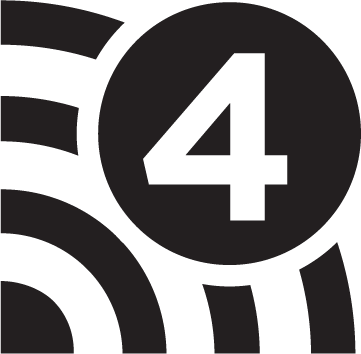

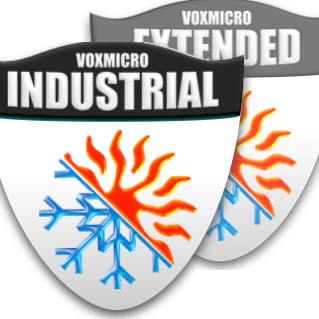

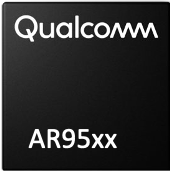



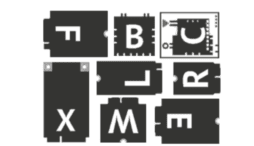


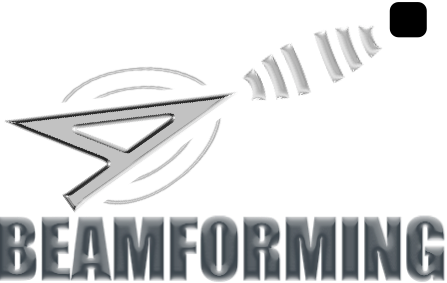


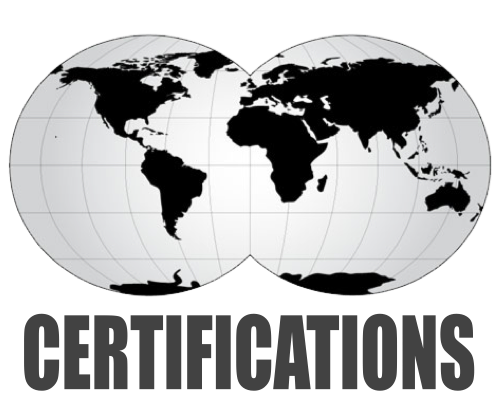
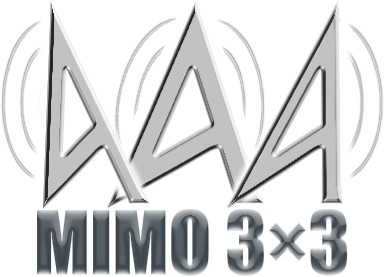


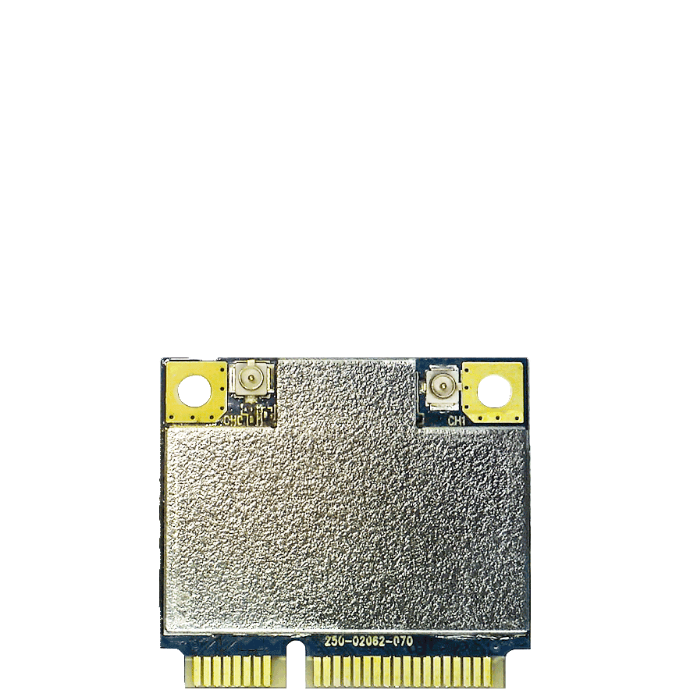
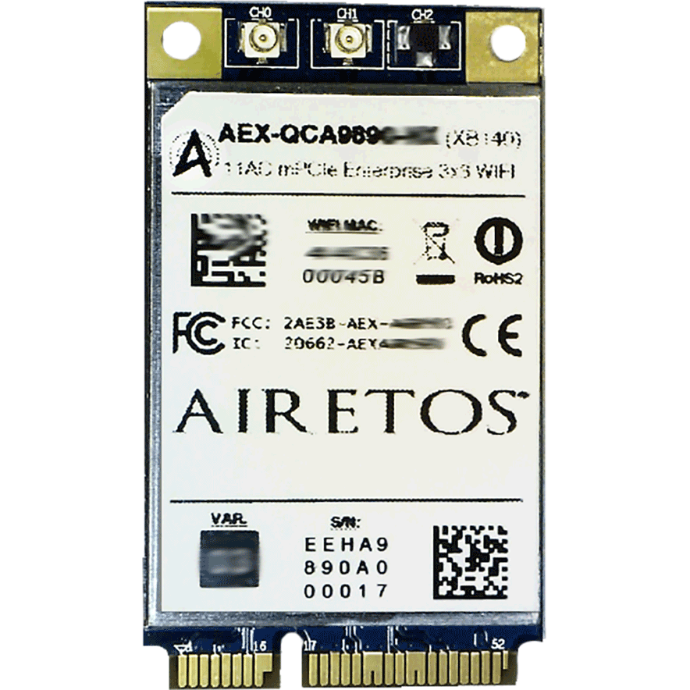




 ** showing 3x3 E95 Block Diagram cconfiguration.
** showing 3x3 E95 Block Diagram cconfiguration. * showing 3x3 E95X mechanical configuration.
* showing 3x3 E95X mechanical configuration.

